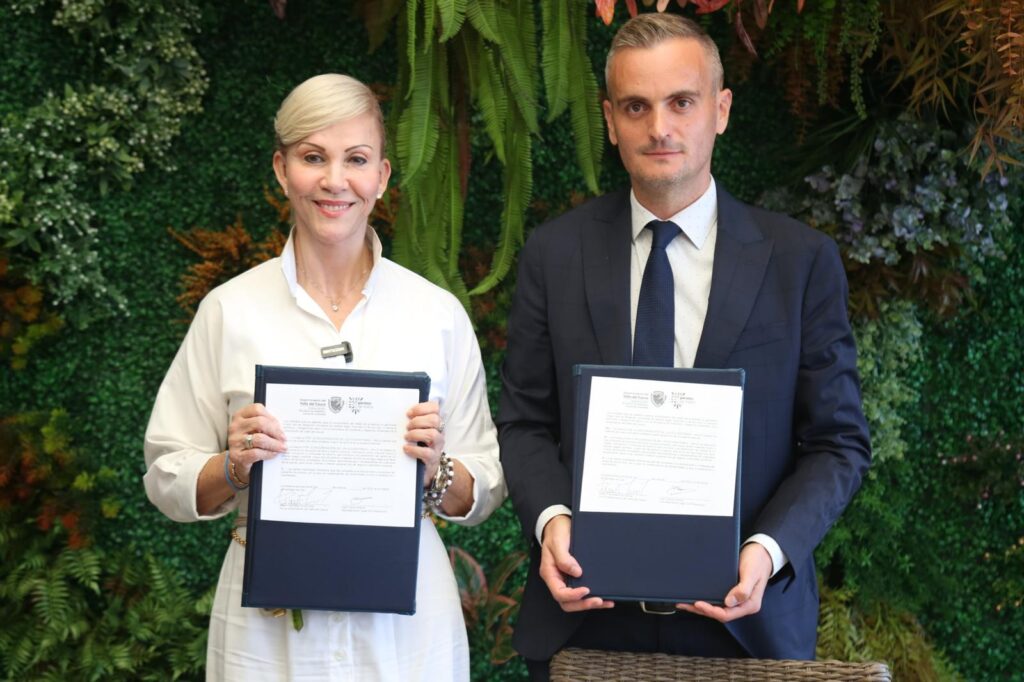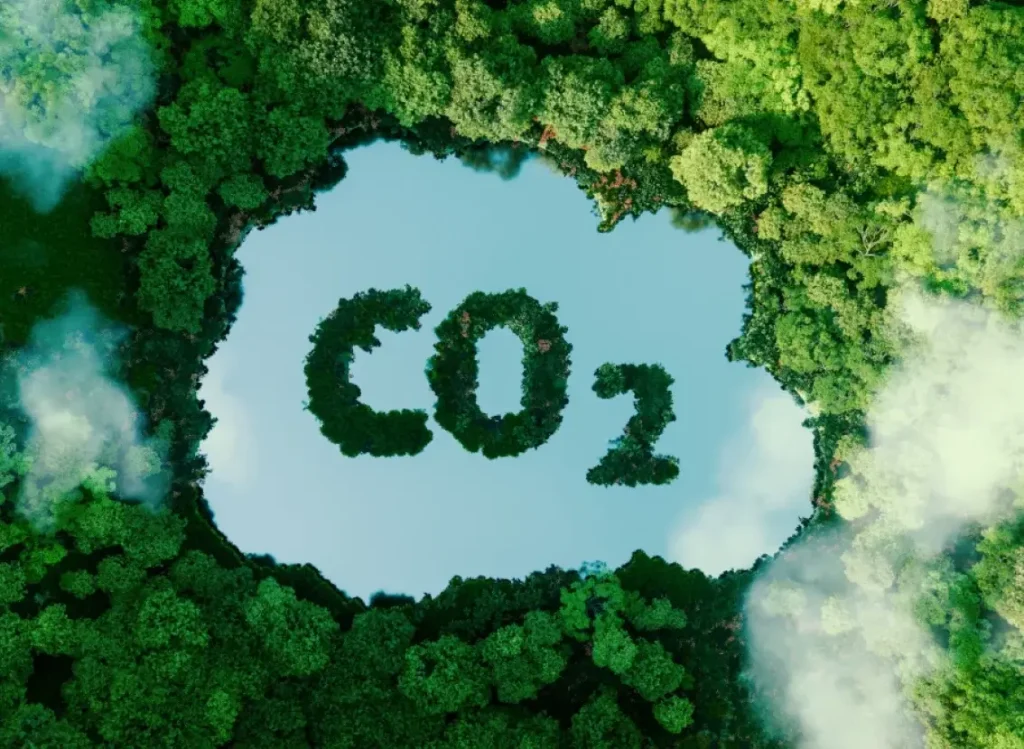The planet’s resources are limited, so it is vital to act to transform the linear economy into a circular economy.
What is the circular economy?
The circular economy is a production system based on reuse, repair, and recycling. In practice, it means making the most of resources, giving them a second life, and returning them to the market in a new form, thus minimizing the environmental cost.
In other words, responsibly using resources, extending their lifespan, to protect the environment and combat global warming and climate change.
Benefits of transitioning to a circular economy
- Protects the environment: Slows down the use of natural resources, limiting biodiversity loss.
- Promotes resource independence: Minimizes risks associated with raw material supply such as price volatility or availability and dependence on imports.
- Boosts employment: Stimulates the development of a more competitive economic model that drives innovation, economic growth, and therefore, employment.
- Benefits the local economy: Attracts investments and facilitates access to new sources of funding. It is a business opportunity that helps generate synergies, allowing for the creation of new business lines.
- Minimizes costs and accelerates business growth through improved economic performance. Additionally, it enhances the company’s reputation and consumer satisfaction.
How can a circular model be applied in the company?
It is necessary for the organization to commit to integrating a circular model throughout the value chain. To do this, the first step is to collect data to understand the company’s situation. Establish specific and quantifiable objectives with time limits. Set indicators to measure progress. And finally, communicate the actions taken by the company to engage all stakeholders.
Some examples of actions that can be applied:
- Reuse and second use: Extend the lifespan of products by reintroducing them into the market. It is necessary to opt for long-lasting products and limit disposable products.
- Recycling: In case they cannot be reused, they should be recycled to give new value to their materials.
- Repair: Products should be designed so that they can be repaired once they stop working.
- Energy efficiency: Some ways to achieve this include using energy-efficient bulbs, good workplace insulation, use of thermostats, and promoting public transportation…
The circular economy is the business model that all companies should move towards in the coming years to reduce the impact on the environment and achieve better performance. We invite you to take the first step with us, by calculating your carbon footprint. Join the change!


